For more than 30 years, the art scene in Juarez has flown under the radar. It’s a result of many converging factors – including the decades of violence that have taken center stage, which in turn, have overshadowed and hindered multiple generations of artists and creatives.
In 2015, the city of Juarez commissioned Arturo Damasco to paint a 480-square-foot mural of the beloved Divo de Juarez, Juan Gabriel, in his youth. Beside his face are his words: “Felicidades a toda la gente que está orgullosa de ser como es.” Since its unveiling, the Juarez-based work has become a staple on Instagram. The positive feedback generated by the mural made Juarenses proud to come from this city. It also underscored how hungry the people of Juarez are to see themselves and their history depicted in art – through pieces that really encapsulate the city. That is to say, not art that whitewashes their stories or that prioritizes US or European aesthetics. Instead, they’re looking for art that highlights what it means to be fronterizos, what it means to come from Juarez.
Art – whether it takes shape as poetry, music, apparel, or visual art – has formed the identity of all cultures. But when the identity ascribed to you is one of violence and crime, it creates a dim future for everyone, but especially for the youth. Hyper macho culture, which is responsible for hundreds of femicides (and disappearances of women) a year, and Felipe Calderón’s “guerra contra el narco,” which resulted in 3,766 deaths in 2010, have long defined Juarez. Although this reality cannot be swept under the rug and needs coverage in media, it sells the city short. This reputation doesn’t represent the 1.3 million people who inhabit the borderland.
Given the one-dimensional reports of the city, we reached out to five artists – emerging and established – to talk about the much-neglected art scene in Ciudad Juarez. Through their responses, we learned about the role of art in the city and how they hope the scene will develop in the future.

These interviews were translated from Spanish. The quotes have been lightly edited and condensed for clarity.
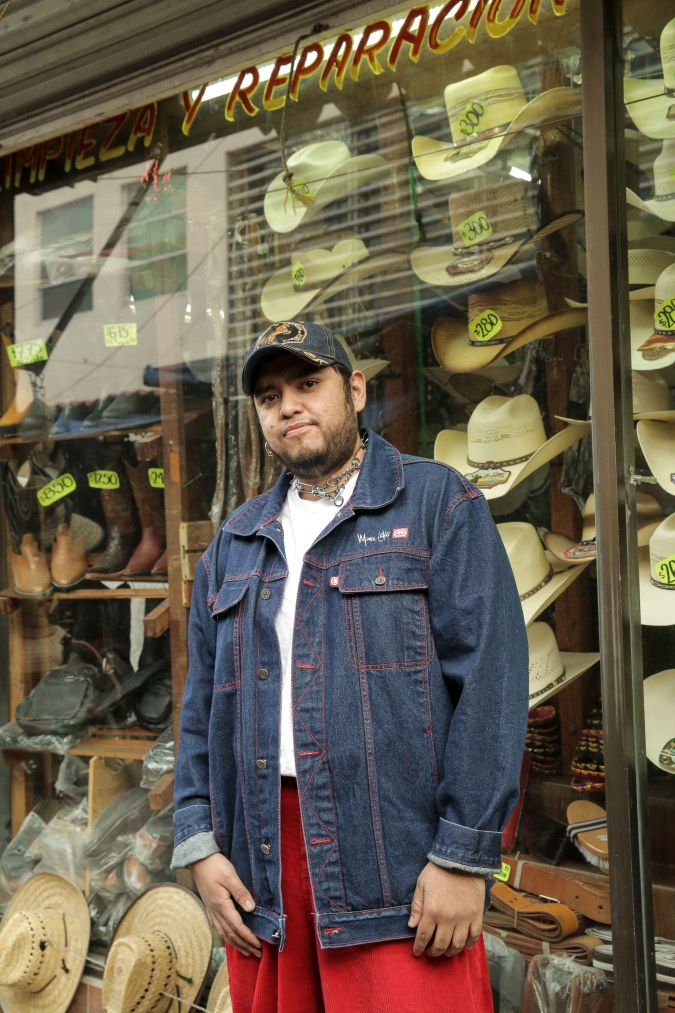
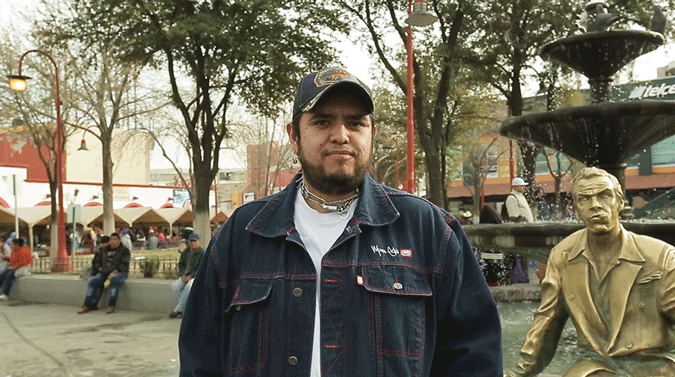
Manuel Codina, aka Beso Negro
I would like to see more spaces for local artists in both Juarez and El Paso. Art drives people and their mindset. The city has to give artists more resources for that to exist. I think this is such a unique place, the experience of growing up here is one you will never find anywhere else. It’s a little gem in the desert.
I got this dual learning experience without the need to pay for it. My house, for instance, is next to the river. We would ride our bikes there and before the copper wall was there, we would go fishing in the Rio Grande and that totally changed my mind because although borders are fucked up, it’s also where you see people trying to accomplish their dreams. Here, we see things as they are.
Follow Beso Negro here.
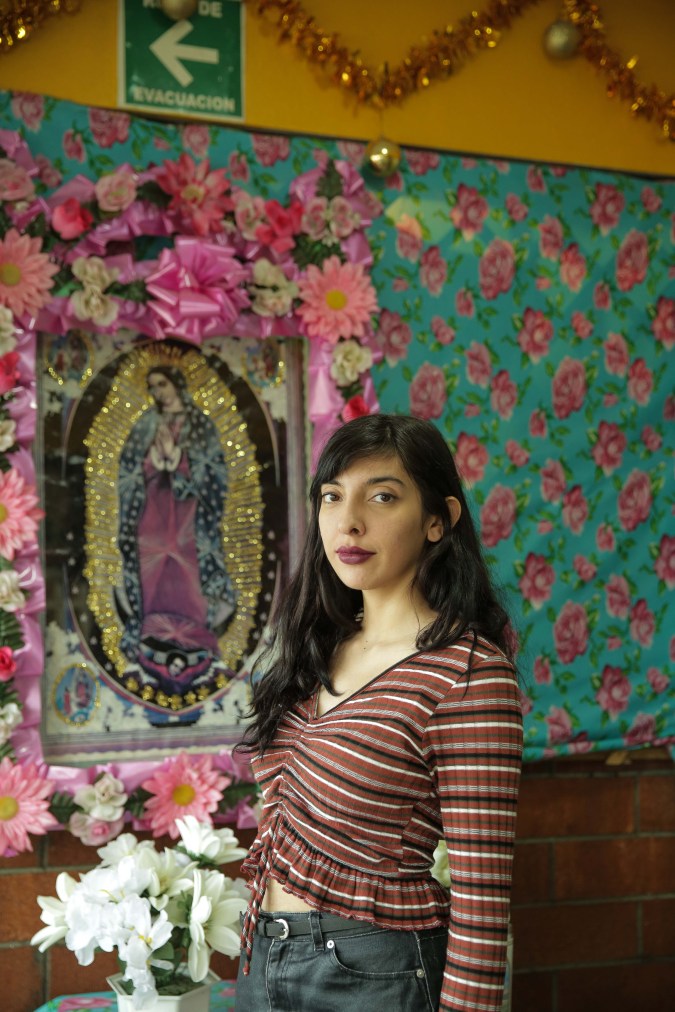
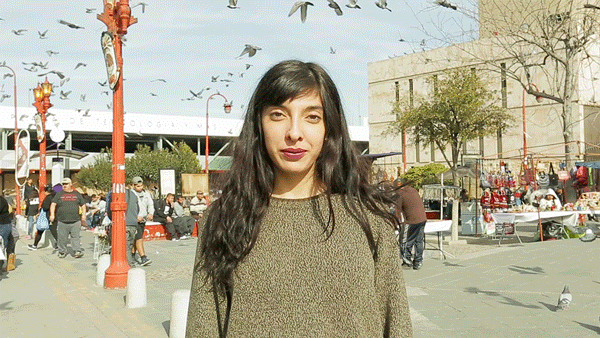
María Ficherry
I think street art is one of the coolest forms of art that exist in Ciudad Juarez because people who are not in art scene can still see it since street art exists in public spaces. Although I don’t do street art, I think it’s necessary because it makes people get out of their everyday routines. The preservation of Juarez’s heritage is also lacking. For example, downtown, the architecture is neglected, and I think we need to work to preserve that history.
The majority of artists I know here talk a lot about being fronterizos and how that influences their art, and although some people have said it’s cliche, I don’t think that. In Juarez, we have been through a lot, a lot of horrible incidents have happened to friends and acquaintances and still people find a way to be happy. The city has a long history; it’s extremely special to be from here.
Follow Maria Cheverria here.
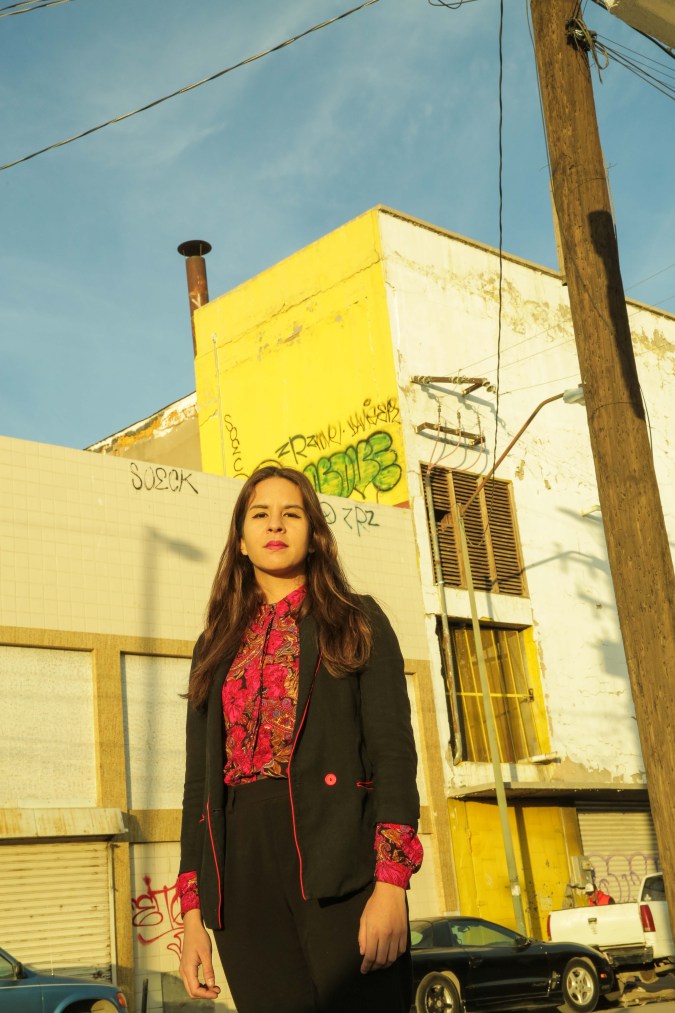
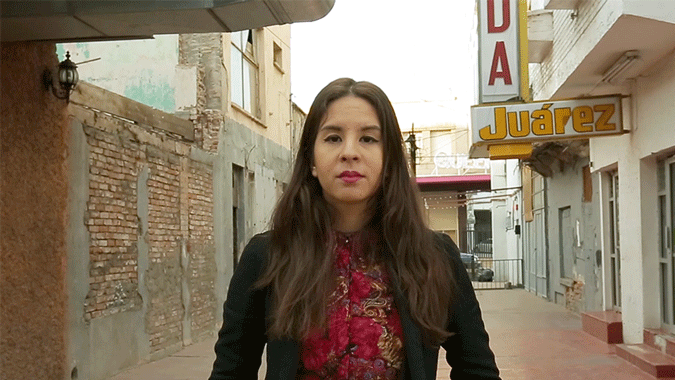
Betty Àrbol
I like going out and walking around the city, seeing the different personalities that live here and the language that we use. People often are embarrassed of being from here, but it’s beautiful. I liked finding humor in things. In Juarez, there is a lot of humor, too, especially walking the streets of the city. Not everything is violence. Here, we are as resilient, surviving a lot of things but trying to be happy, too.
The city has to offer more grant and scholarships as well as spaces for emerging artist to present their work. I enjoy sharing space and uniting people, at times it has been complicated but I would like for there to be more support among artist in Juarez. We all offer different perspective and the frontera is amazing, so there is a lot of juice to extract to form an identity and that is what is lacking.
Follow Betty Àrbol here.
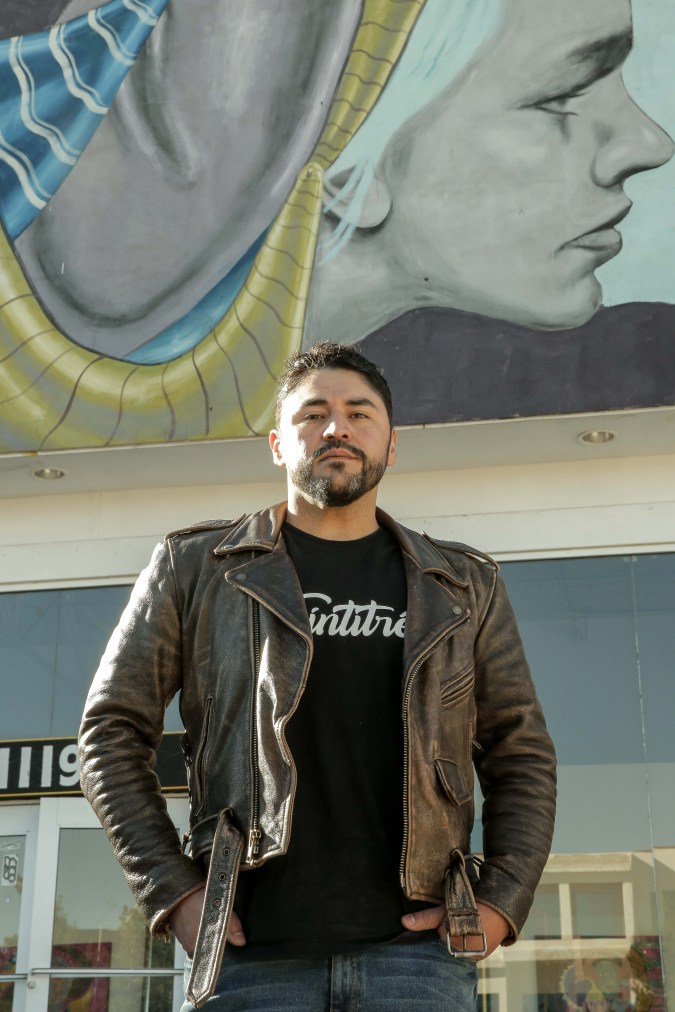
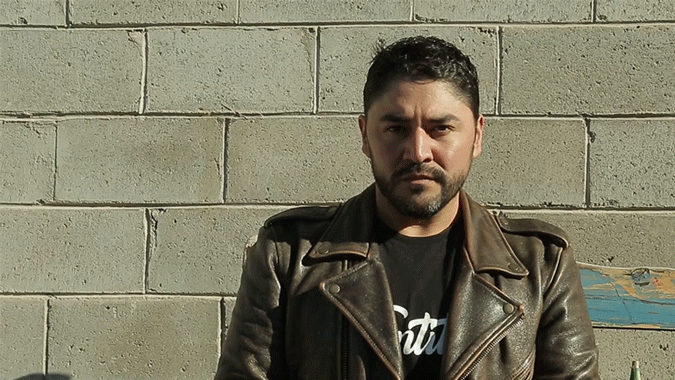
Arturo Damasco
I believe the art scene in Juarez has grown a lot in these past few years. I remember when I first started painting, I struggled a lot because of the lack of spaces. This is why I decided to stop looking for the space and to create one – not complain about the lack of one but seek my own and share it, which has always been the intention. I think the solution to the lack of space is not to wait for the government to help us, but for us to create them for ourselves and help each other in the process.
I would like to see more artists who decided to take their own career as an artist more seriously. I love the frontera because it is very rich. Once you are here, you see many things that you do not see in other parts of the world. The violence is not something you can hide, but it’s a city where we work normally and live normally, and it is a city where we seek ways to have fun and create, too.
Follow Arturo Damasco here.
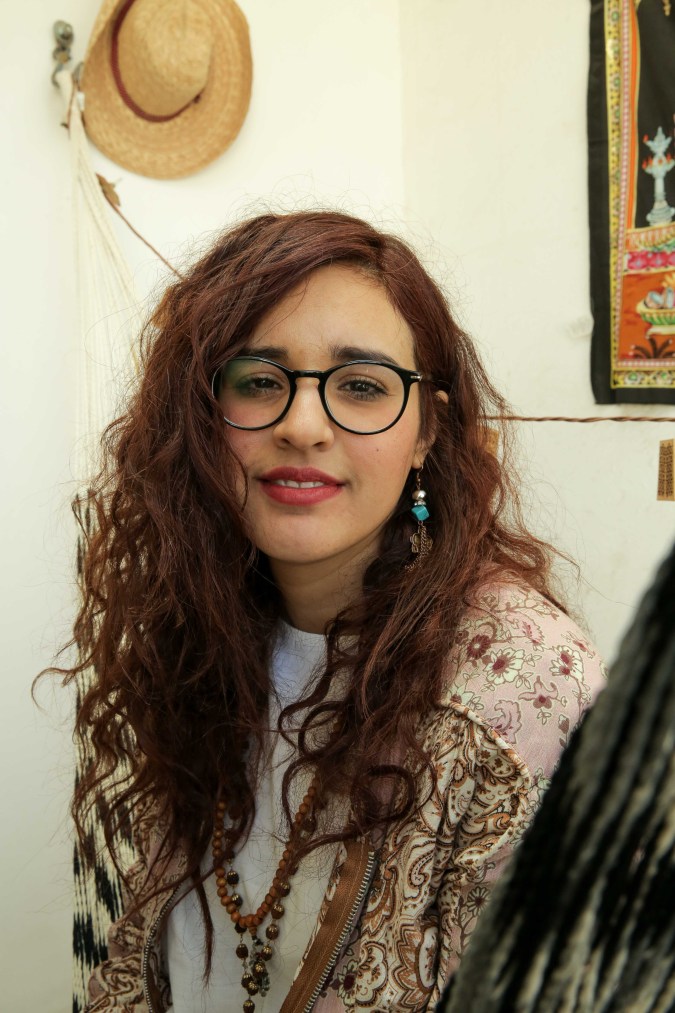
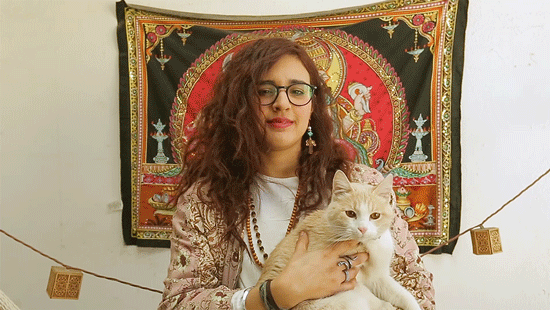
Janette Terrazas Islas, aka Mustang Jane
I consider political art to be very important because it is what symbolically marks our history as a city and the experiences we go through. However, I believe there are other artists who are developing other themes that are not political, and that is also super valid.
I grew up hearing the word femicide, but I did not really understand the specifics until I informed myself and read about situation. How is it that the public space turns into a space where we can lose our lives? And it’s about understanding that there are women who are more susceptible to violence. For example, a women who works in a factory, who is a single mother, who does not have a car so she has to walk. All these intersections are what put her in a vulnerable position. This has been part of my motivation and the reason I take on these problems in my art and find it important to generate a dialogue with the community to address these issues, because the violence against women and violence in general is everyone’s problem and one that is systematic. This is why I use art to form dialogue.
Juarez is my home. The people who live in Juarez are people who live in resilience. It is not easy. It is a challenging city because of the social problems we have, but the people of Juarez are resilient people.
Follow Mustang Jane here.
Betty Árbol, Manuel Codina, and Janette Terrazas Islas’ works are currently on view at Xolo Gallery, 2812 N. Piedra St. in El Paso, for Equis until February 8, 2019. Learn more here.




